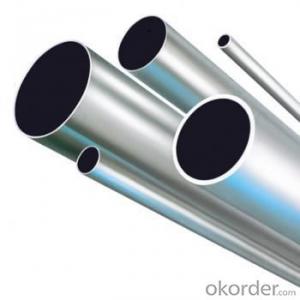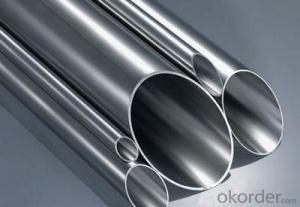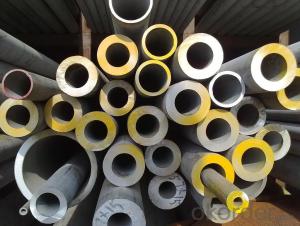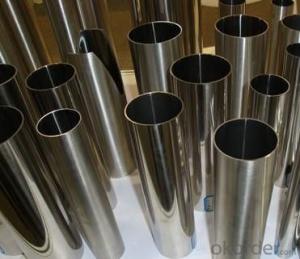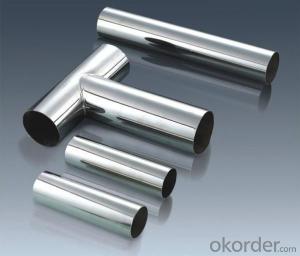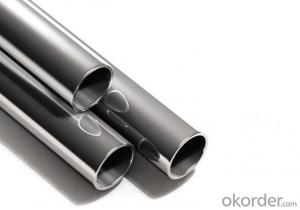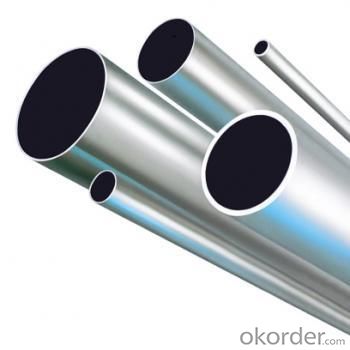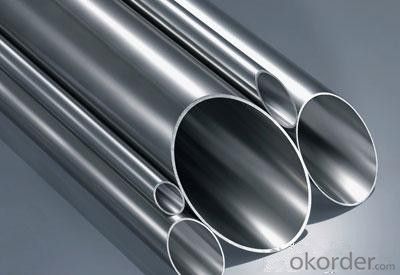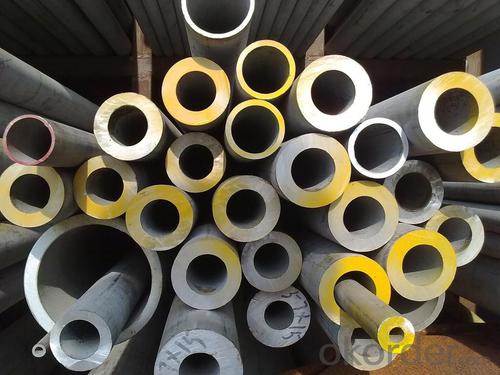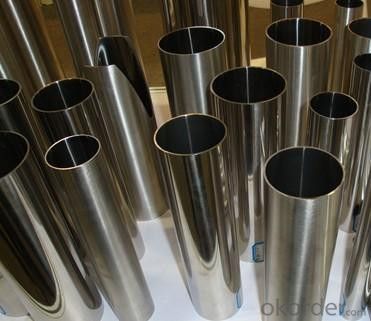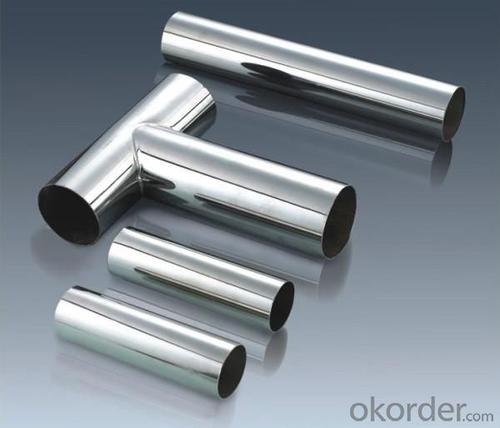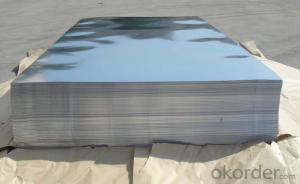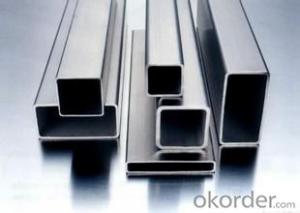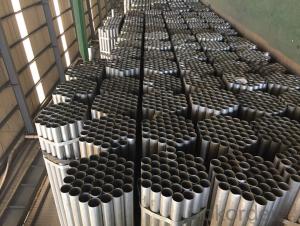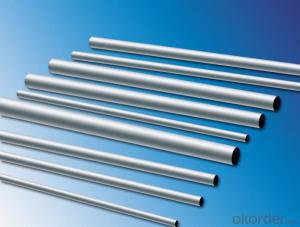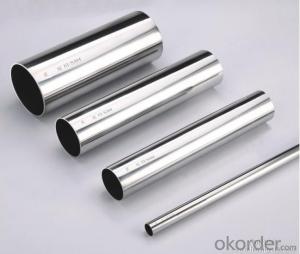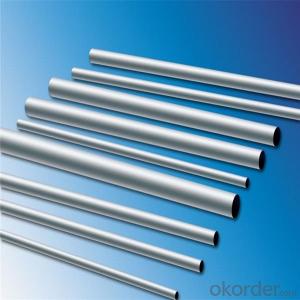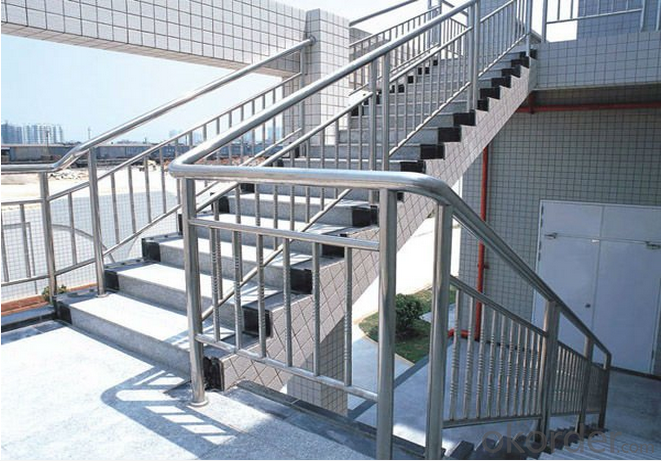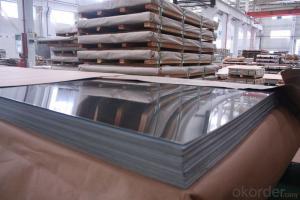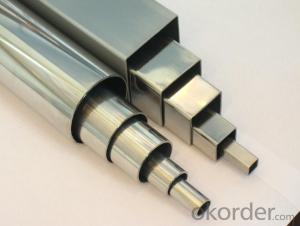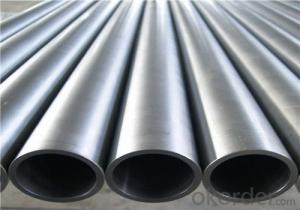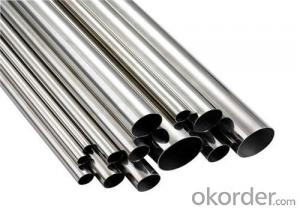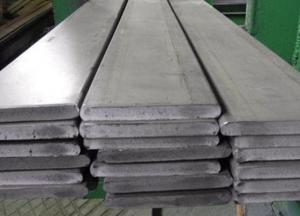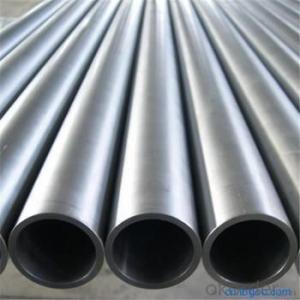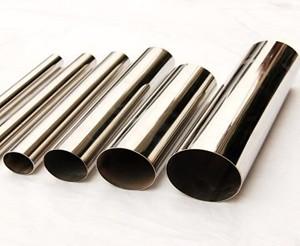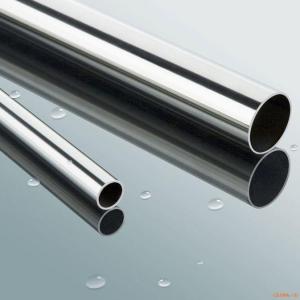Stainless Steel Pipe for Decoration in AISI 201 202 301 304 316 430 304L 316L
- Loading Port:
- China main port
- Payment Terms:
- TT OR LC
- Min Order Qty:
- 5 m.t.
- Supply Capability:
- 100000 m.t./month
OKorder Service Pledge
Quality Product, Order Online Tracking, Timely Delivery
OKorder Financial Service
Credit Rating, Credit Services, Credit Purchasing
You Might Also Like
Specification
Standard:
AISI,JIS,GB,BS,DIN,API,EN,ASTM
Technique:
Hot Rolled,Cold Rolled,Cold Drawn,ERW,Forged,Saw,Extruded,EFW,Spring
Shape:
U Channel,Square,C Channel,Hexagonal,Round,Rectangular,Oval,LTZ
Surface Treatment:
Galvanized,Coated,Copper Coated,Color Coated,Oiled,Dry,Chromed Passivation,Polished,Bright,Black,PVDF Coated
Steel Grade:
Q195,Q215,Q235,Q215B,Q235B,RHB335,HRB400,200 Series,300 Series,400 Series,600 Series,SS400-SS490,10#,20#,A53(A,B)
Certification:
ISO,SGS,CE
Thickness:
as required
Length:
12m
Net Weight:
as required

Stainless Steel Pipe for Decoration in AISI 201 202 301 304 316 430 304L 316L
Specifications
| 1) Products | S.S round pipe , SS square pipe , S.S. embossed pipe , S.S. threaded pipe |
| 2) Materials | Grade AISI 304, AISI 201, AISI 202, AISI 301,AISI 316 , AISI 304L , AISI 316L , AISI 430 |
| 3) Standard | ASTM A554, ISO9000 |
| 4) Product range | |
| a) Round and embossed tube O.D. (mm) | 9.5 , 12.7 , 15.9 , 17 , 18 , 19. 1 , 20 , 21 , 22.2 , 23 , 25.4 , 28 , 31.8 , 33, 35, 36, 38.1 , 40 , 41.8 , 42 , 45, 48 , 50 , 50.8 , 56 , 57 , 60, 63.5 , 76.2 , 80 , 89 , 101.6 , 108 , 114 , 127 , 133 , 141 , 159 , 168, 219 |
| b)Square tube side length (mm) | 10*10 , 12*12 , 15*15 , 18*18 , 19 * 19 , 20*10 , 20*20 , 22* 22 , 23* 11 , 23 *23 , 24* 12 , 24*24 ,25*13 , 25*25 , 28*28 , 30*15 , 30*30 , 30*60 , 36*23 , 36*36 , 38*25 , 38*38 , 40*10 , 40*20 , 40*40 ,45*75 , 48*23 , 48*48 , 50*25 , 50*50 , 55*13 , 60*40 , 60*60 , 70*30 , 73*43 , 80*40 , 80*60 , 80*80 , 95*45 , 100*40 ,100*50 ,100*100 , 120*60 , 150*100 , 150*150 |
| c) wall thickness | 0.25 - 3.0mm |
| 5) Length of tube | 3000 - 8000 mm |
| 6) Polishing | 600 grit , 400 grit, 320grit , 240 grit, HL, 2B, BA |
| 7) Term of payment | T / T 30% in advance ,the balance 70% to be paid at delivery . |
| 8) Basic Information | |
| 1) Company Name | Foshan Zaihui Stainless steel product Co., Ltd |
| 2) Business Type | Manufacturer |
| 3) Number of Employees | 300-500 people |
| 4)Factory Size | 46,000 square meters |
| 9)Trade & Market | North America ,South America ,Eastern Europe ,Southeast Asia ,Eastern Europe ,Western Europe |
| 10) Export Percentage | 30% - 50% |
| 11)Application | road lamp facilities , bridge handrail ,expressway railing ,bus stop ,airport and gymnasium . |
| 12) Attention | products all with high quality and competitive price |
| Chemical Composition | 201 | 202 | 301 | 304 | 316 | 430 |
| C | ≤0.08 | ≤0.06 | ≤0.06 | ≤0.06 | ≤0.08 | ≤0.12 |
| S | ≤0.02 | ≤0.02 | ≤0.03 | ≤0.03 | ≤0.03 | ≤0.03 |
| P | ≤0.075 | ≤0.06 | ≤0.045 | ≤0.035 | ≤0.045 | ≤0.04 |
| Mn | 8.5-10.5 | 8.5-10.5 | ≤2.0 | ≤2.0 | ≤2.0 | ≤1.0 |
| Si | ≤1.0 | ≤1.0 | ≤1.0 | ≤1.0 | ≤1.0 | ≤1.0 |
| Cr | 14-15 | 14-16 | 16-18 | 17-20 | 16-18 | 16-18 |
| Ni | 0.8-1.2 | 4--6 | 4--7 | 8--12 | 12--16 | ≤0.05 |
- Q: What is the difference between schedule 40 and schedule 80 stainless steel pipes?
- The main difference between schedule 40 and schedule 80 stainless steel pipes lies in their thickness and pressure ratings. Schedule 40 pipes have a thinner wall and lower pressure rating compared to schedule 80 pipes, which have a thicker wall and higher pressure rating. This means that schedule 80 pipes can withstand higher levels of pressure and are generally used in applications where higher strength and durability are required.
- Q: Are stainless steel pipes suitable for high-temperature environments?
- Indeed, high-temperature environments are well-suited for stainless steel pipes. Renowned for their remarkable resistance to heat, stainless steel pipes are highly favored for applications in such conditions. They have the ability to endure a broad range of temperatures, from freezing to exceedingly high levels, all while maintaining their mechanical integrity. Consequently, stainless steel pipes prove to be the perfect choice for industries like oil and gas, chemical processing, and power generation, where elevated temperatures prevail. Furthermore, the exceptional corrosion resistance possessed by stainless steel pipes further augments their appropriateness for high-temperature settings.
- Q: What are the different types of stainless steel pipe couplings?
- There are several types of stainless steel pipe couplings, including threaded couplings, slip-on couplings, socket weld couplings, and butt weld couplings.
- Q: How do stainless steel pipes compare to other materials like copper or PVC?
- Stainless steel pipes offer distinct advantages over materials like copper or PVC. Stainless steel pipes are highly durable, corrosion-resistant, and suitable for various applications, even in harsh environments. Unlike copper, stainless steel does not react with water or other substances, ensuring the purity of the transported fluids. Additionally, stainless steel pipes have a higher strength-to-weight ratio than PVC, making them more robust and long-lasting. While copper and PVC have their own merits, stainless steel pipes excel in terms of longevity, reliability, and overall performance.
- Q: Are stainless steel pipes suitable for high-temperature steam?
- Yes, stainless steel pipes are suitable for high-temperature steam. Stainless steel is known for its excellent heat and corrosion resistance, making it an ideal material for applications involving high temperatures and steam. The high chromium and nickel content in stainless steel helps it withstand the corrosive effects of steam, preventing oxidation and maintaining its structural integrity. Additionally, stainless steel pipes have high strength and durability, ensuring they can handle the pressure and stress caused by high-temperature steam. Overall, stainless steel pipes offer a reliable and long-lasting solution for transporting high-temperature steam in various industries such as power generation, chemical processing, and oil and gas.
- Q: Can stainless steel pipes be used for high-pressure applications?
- Yes, stainless steel pipes can be used for high-pressure applications. Stainless steel is known for its excellent strength and corrosion resistance, making it suitable for handling high-pressure environments. It can withstand the high pressure without deformation or leakage, ensuring the safety and reliability of the system.
- Q: Are stainless steel pipes suitable for beer brewing applications?
- Yes, stainless steel pipes are highly suitable for beer brewing applications. Stainless steel is corrosion-resistant, ensuring the purity and quality of the beer. It also has excellent heat resistance, making it suitable for various brewing processes such as boiling and fermentation. Additionally, stainless steel is easy to clean and maintain, ensuring hygienic conditions throughout the brewing process.
- Q: Are stainless steel pipes resistant to fire?
- Indeed, stainless steel pipes possess remarkable fire resistance. Renowned for its exceptional heat-resistant qualities, stainless steel emerges as an appropriate material for situations involving elevated temperatures. In the face of fire, stainless steel pipes maintain their robustness and structural stability, thereby reducing the potential for collapse or malfunction. This fire resistance stems from the elevated melting point of stainless steel, which enables it to endure temperatures surpassing those commonly encountered in fires. Moreover, stainless steel does not fuel the propagation of flames, rendering it a secure option for fire protection and containment systems.
- Q: What is the impact strength of stainless steel pipes?
- The impact strength of stainless steel pipes is generally high, as stainless steel is known for its toughness and resistance to impact and deformation. However, the exact impact strength can vary depending on the specific grade and manufacturing process of the stainless steel used in the pipes.
- Q: Are stainless steel pipes suitable for high-pressure steam applications?
- Indeed, high-pressure steam applications are well-suited for the use of stainless steel pipes. Stainless steel boasts exceptional corrosion resistance, high temperature resistance, and strength, rendering it an optimal material for the handling of high-pressure steam. The pipes' ability to withstand corrosion guarantees their ability to endure harsh conditions and avert any leaks or failures. Moreover, stainless steel pipes are capable of withstanding high temperatures without distorting or weakening, thereby ensuring the safe and efficient transfer of steam. In summary, stainless steel pipes are a dependable option for high-pressure steam applications due to their robustness, resistance to corrosion, and capacity to withstand elevated temperatures.
Send your message to us
Stainless Steel Pipe for Decoration in AISI 201 202 301 304 316 430 304L 316L
- Loading Port:
- China main port
- Payment Terms:
- TT OR LC
- Min Order Qty:
- 5 m.t.
- Supply Capability:
- 100000 m.t./month
OKorder Service Pledge
Quality Product, Order Online Tracking, Timely Delivery
OKorder Financial Service
Credit Rating, Credit Services, Credit Purchasing
Similar products
Hot products
Hot Searches
Related keywords
